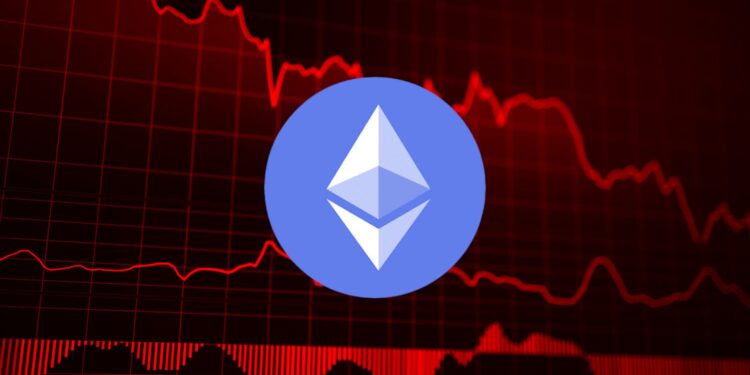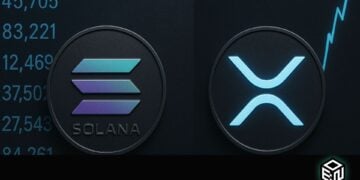- ETH faces sharp decline: Ethereum ($ETH) has dropped 18% this month, struggling to maintain key price levels after falling from a high above $4,000, raising concerns among investors.
- Factors behind the decline: Broader market weakness, scalability issues, and high transaction fees have reduced on-chain activity, pushing users to alternative blockchains and weakening ETH’s price support.
- Recovery prospects: Upcoming upgrades, including the Pectra upgrade in March 2025 and Layer 2 solutions like Rollups, aim to improve scalability and fees, potentially driving Ethereum’s performance and price recovery.
Ethereum has faced significant challenges this month, with an 18% drop sparking concerns among investors. This decline has caught the attention of traders and long-term holders alike. So, let us take a closer look at what’s driving the downturn and how upcoming upgrades could potentially pave the way for Ethereum’s recovery and future growth.
Current Situation
Ethereum is currently priced at $2,730, with a market cap of $329 billion, reflecting a 14% increase over the past year. However, it’s important to note that ETH recently reached a high of over $4,000 before facing a pullback. Since then, the price has faced challenges, struggling to hold key levels and experiencing a steady decline. This has resulted in an 18% drop this month, raising concerns among investors.
Credit: CoinGecko
Why Is $ETH Falling?
Ethereum’s decline is largely driven by broader market weakness, with fear, uncertainty, and doubt spreading as investors worry about a potential market top. Many are hesitant to enter the market, leading to reduced buying pressure.
Additionally, Ethereum’s scalability issues and high transaction fees have pushed users toward cheaper, faster blockchains. This has led to declining on-chain activity, reducing demand for ETH and weakening its price support.
What’s Next for Ethereum?
As the market picks up, Ethereum is looking to regain momentum with several key upgrades planned. This includes the highly anticipated Pectra upgrade in March 2025, which aims to double blob capacity, improving transaction speed and reducing fees.
Alongside this, Layer 2 solutions like Rollups and zk-Rollups are being rolled out to enhance scalability. These innovations are expected to significantly improve Ethereum’s performance, attract more on-chain users, and potentially drive $ETH’s price recovery.
Final Thoughts
In conclusion, Ethereum is at a pivotal moment. While the short-term outlook appears bearish, its long-term fundamentals remain solid. As such, if ETH can reclaim the $3,000 level, it may signal a return of investor confidence. However, a break below $2,500 could indicate further downside. That being said, with key upgrades on the horizon, it will be interesting to see how these changes influence Ethereum’s network growth and price movement in the coming months.














